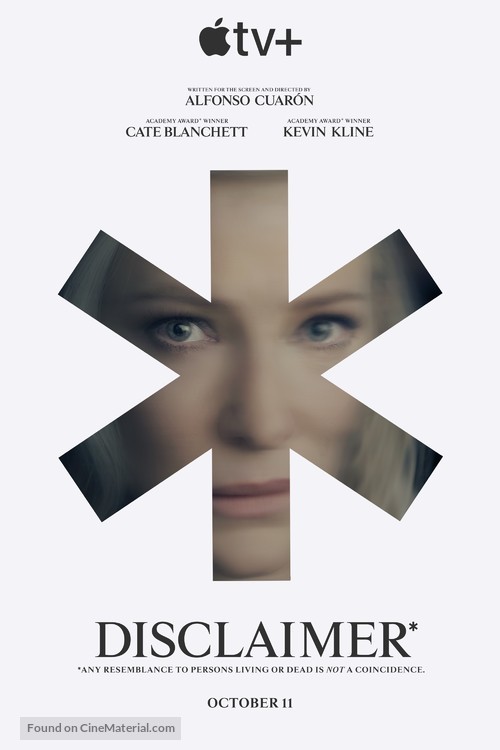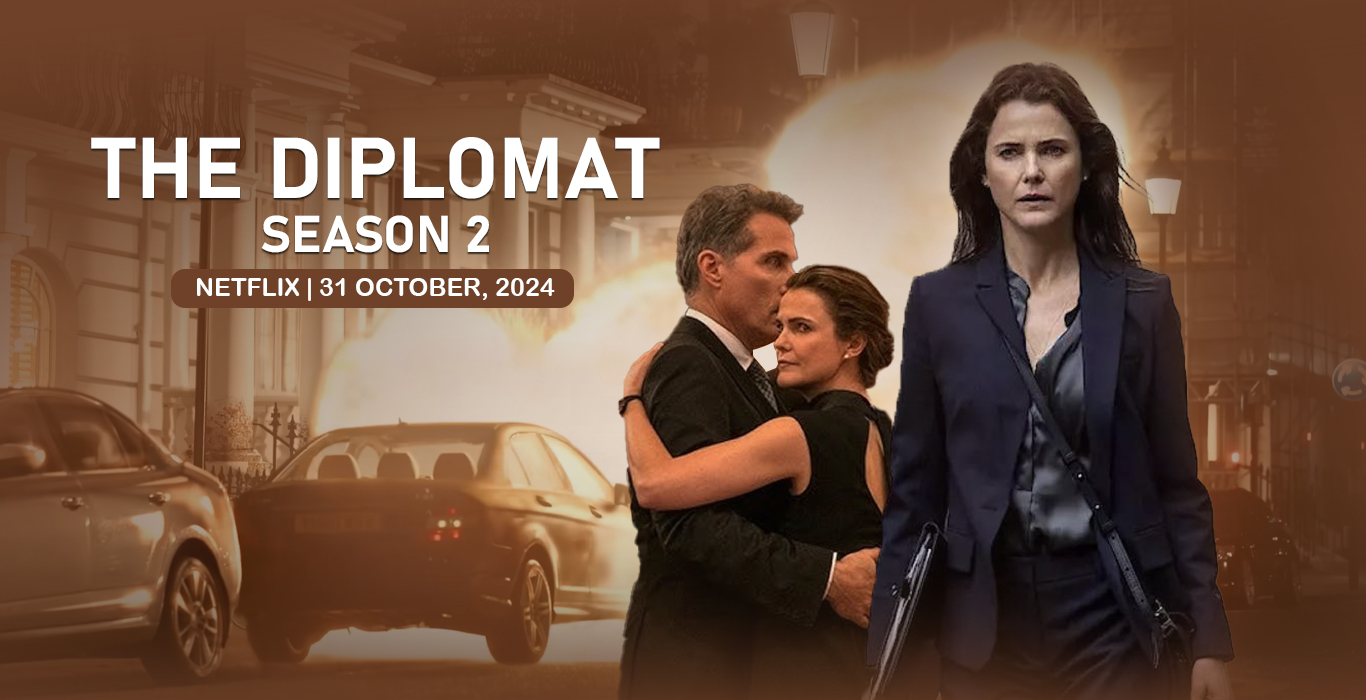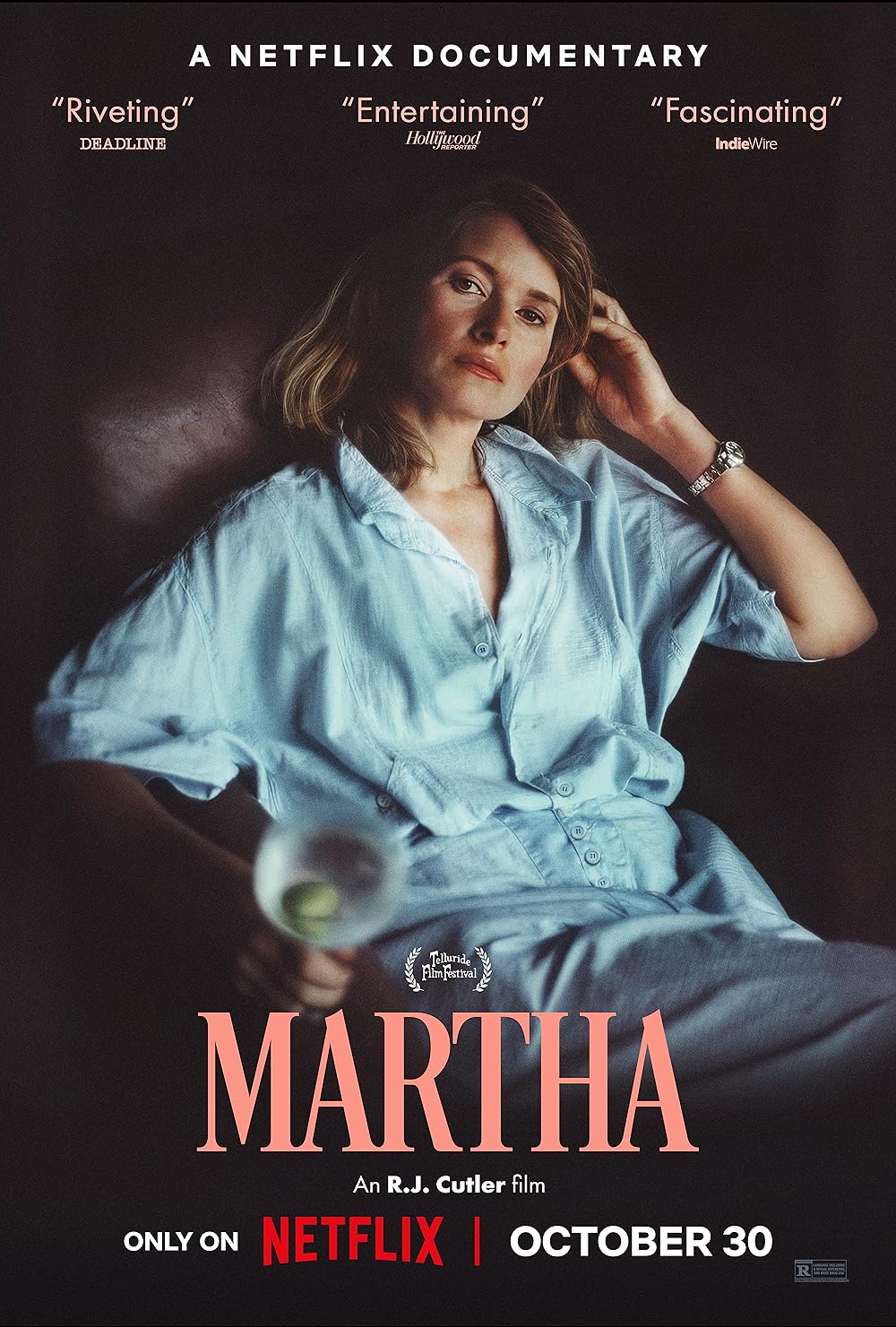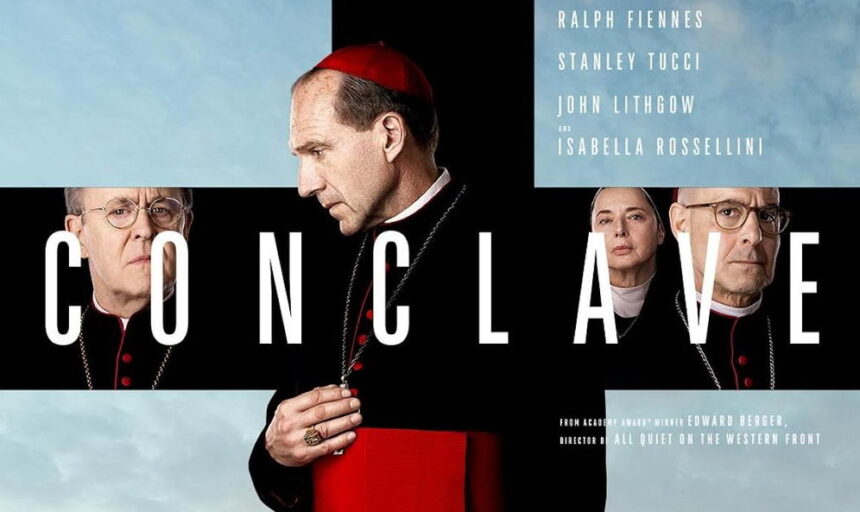Blitz
Susan Granger’s review of “Blitz” (Apple Original Films)
“Blitz” is a historical drama revolving around a mother desperately trying to find her young son in the midst of the Nazi bombardment of London during W.W. II.
Their adventure begins in 1940 as a massive firehose ominously whips around like a giant snake while brave firefighters battle a building that’s engulfed in flames and reduced to smoking rubble.
Nine year-old George Hanway (Elliott Heffernan), along with other terrified residents, cowers in an underground shelter with his single mother Rita (Saoirse Ronan), a munitions factory worker, but there’s never enough room for everyone.
That’s why Rita puts him on an evacuation train to join more than 500,000 children taking refuge with families in the English countryside. George doesn’t want to leave her or his beloved grandfather (musician Paul Weller) but he has no choice.
Once the steam engine gets underway, George manages to jump off, determined to make his way back to London’s East End and Stepney Green. Along the way, he joins orphaned siblings hiding in a box-car and he’s reluctantly recruited by a group of scavenging thieves before he can make another getaway.
Sired by a Black father who disappeared before he was born, George is biracial which subjects him to prejudice and bullying. Roaming the streets, he enters the Empire Arcade, a shopping center filled with enticing window displays of lavish items imported from areas that have been colonized by Great Britain.
That’s where he’s befriended by Ife (Benjamin Clementine), a wise, soft-spoken Nigerian expat, assigned to monitor/enforce the nightly blackout.
Writer/director Steve McQueen’s (“12 Years a Slave”) story structure is episodic and formulaic. On the other hand, working with production designer Adam Stockhausen and cinematographer Yorick Le Saux, he visually recreates not only the detailed chaos of London under attack but also its frenzied nightclubs where all-Black jazz bands entertain integrated audiences.
One of the most memorable scenes reconstructs a true Blitz disaster when a bomb blew both a sewer and water pipe, flooding the Bethnal Green Tube Station where people were sheltering and 70 died.
On the Granger Gauge of 1 to 10, “Blitz” is an evocative 7, streaming on Apple TV +.











